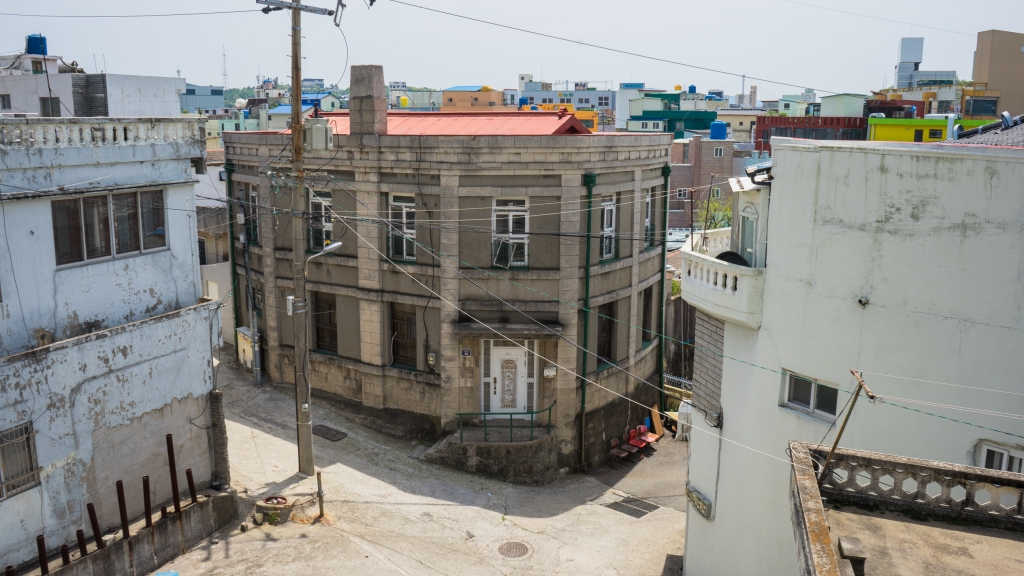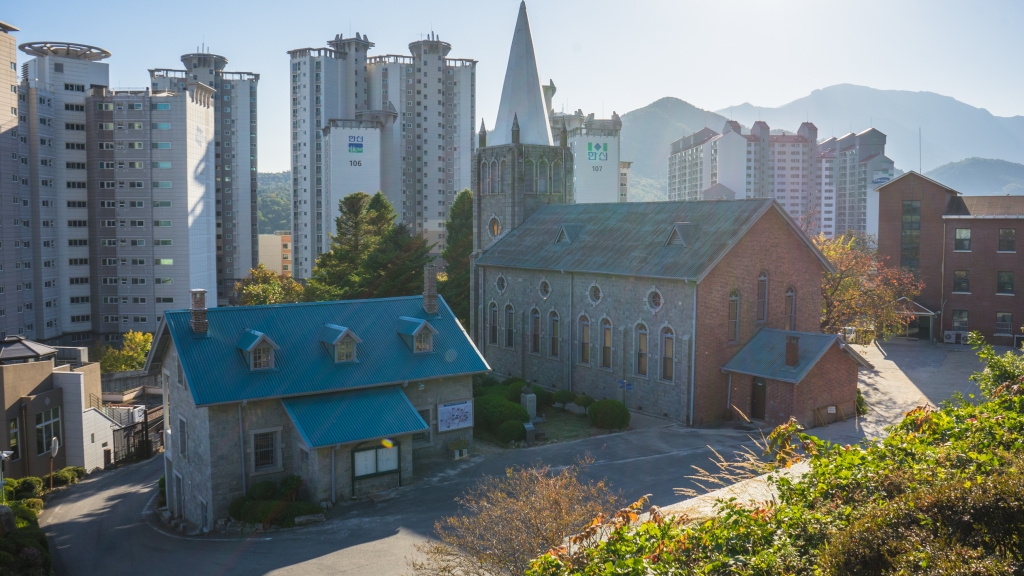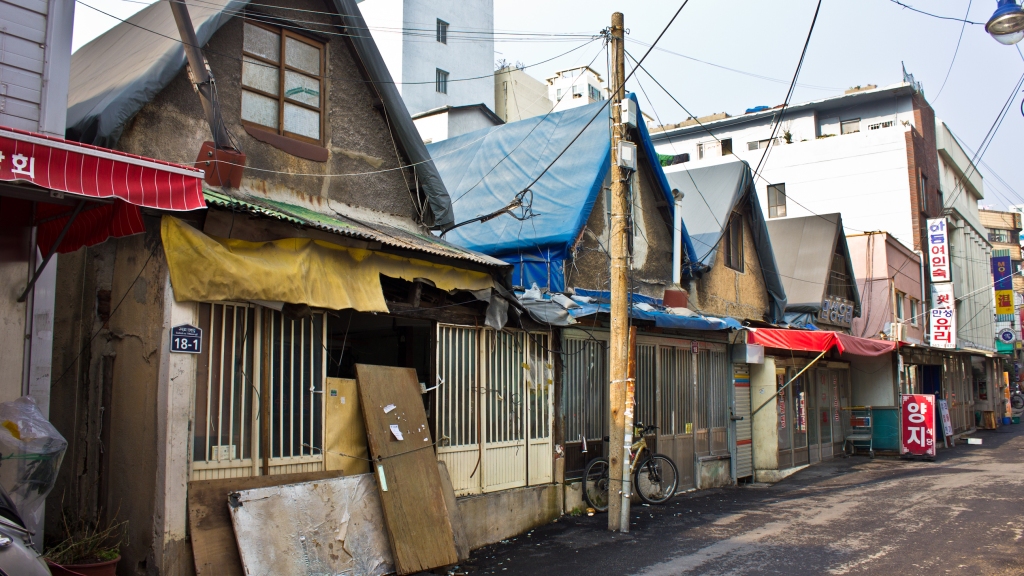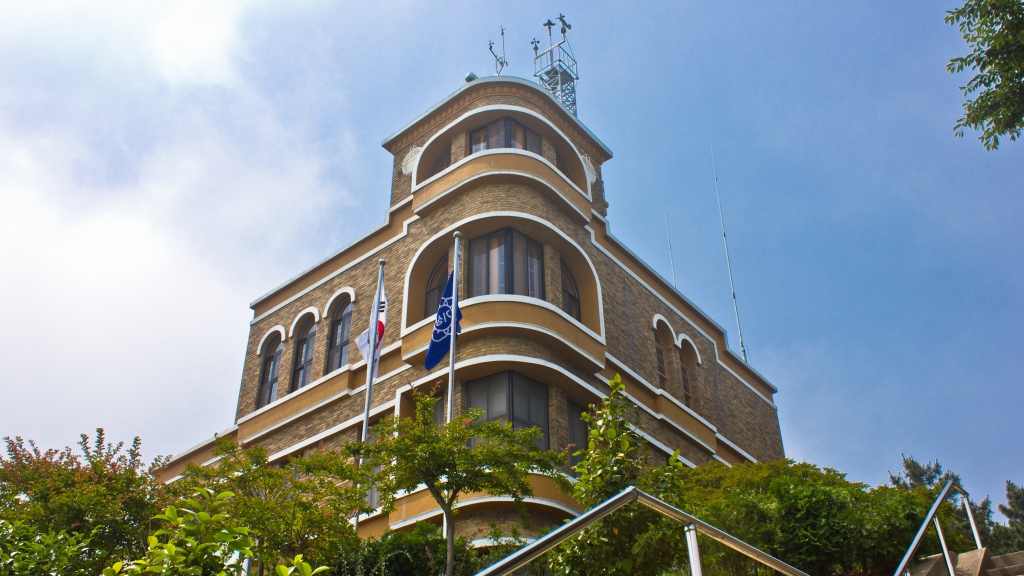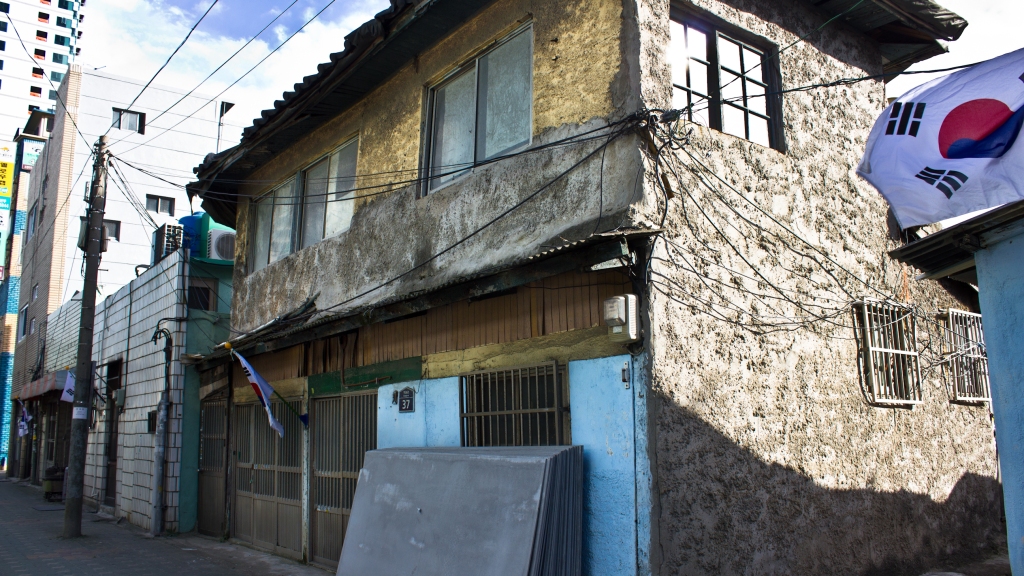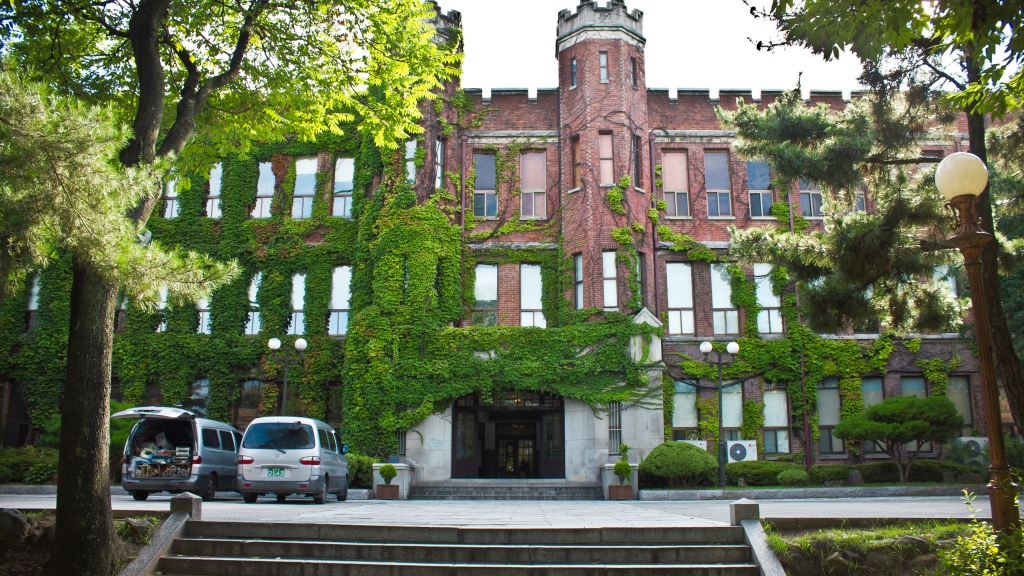Cultural, Practical, and Regulatory Influences on Early Modern Building Typologies and Floor Plans in Korea (1880s-1910s)
Building typologies at the outset of Korea’s opening in the nineteenth century widely varied between rudimentary and engineered. Cultural influenceContinue Reading









